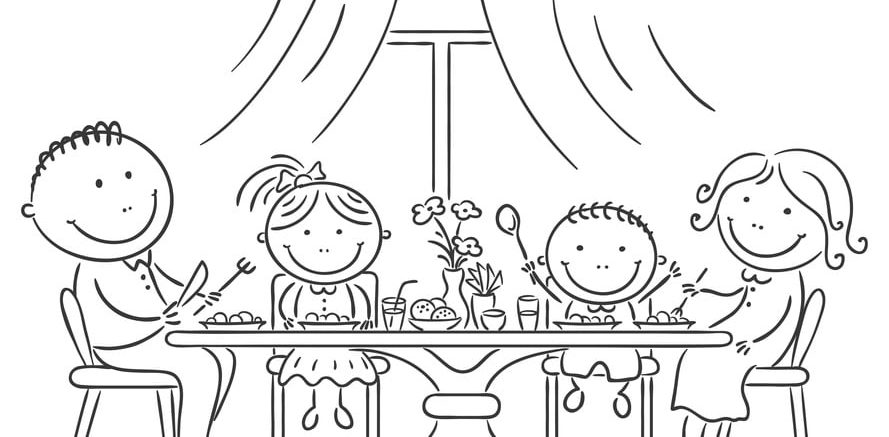While working in tech, I learned that improv has become a really popular practice in many business organizations to help employees build interpersonal and leadership skills. These companies use improv to teach employees how to think on their feet, to cultivate receptivity and to promote creativity and collaboration.
What I now find fascinating are the parallels between improv and mindfulness. Here’s one post on this topic comparing a few of the similarities: Six Ways Improv Aligns with Mindfulness. For me, I think it boils down to two key similarities.
First, both improv and mindfulness require a very keen awareness of the present – to be able to listen carefully and respond spontaneously without a script or a plan. Second, in both practices there can be no judgment. There are no mistakes; no resistance to what surfaces but an acceptance of what just is and what someone else offers. Some mindfulness educators are now starting to integrate improv exercises into their programs as a fun interactive way to tune into the present-moment.
So I decided to give this a shot at home with my family. Our first attempt was improv storytime. I’ve played this in the car with my 5-year old daughter. It’s a perfect game for even a short road trip. And this week we played improv storytime over dinner one night with our entire family.
Here were the rules we set:
- We create a story together as a family.
- Each person shares one line of the story. The next person at the table says the next line building upon what the previous person said. We continue in this manner until everyone gets three turns.
- To play, you really need to use mindful ears and listen to what is being said.
- No one is allowed to pass judgment (i.e, laugh, gasp) about what anyone else said. You just accept and add on.
- Other than that, we just have fun and take the story wherever we want!
So what was the story?
We had our 5-year old start the story, and she started with “Once upon a time there was a princess who ate sushi.” (We were eating sushi for dinner.) Our story included dragons burning down the sushi, how the princess felt sad about losing her dinner. The princess went to her grandparents’ house to stay safe from the dragon, and when a prince came to their house, the princess decided that she did not want to be with the prince and lived happily ever after with her grandparents.
What did we learn?
Have your children take the lead: Let your children start the story to set the tone for what they want the story to be about. Our older daughter loved this and seemed quite amused by the fact that we were adding on to something she started.
Listening isn’t always easy even during a fun, short game: This game help us practice our listening skills. Even during a fun short game, it isn’t always easy to stay super tuned into listening, so we really needed to be present and attentive to what was being said in order to contribute to the next part of the story.
Keep it short and sweet: Doing three lines each was the perfect amount of time for a quick story. If it went much longer than that, I don’t know if our girls would have found it as entertaining.
Children may share what’s top of mind: Creating a story together may offer a quick glimpse into what’s top of mind for our children. For instance, our 5-year old is very close to her grandparents who were visiting this last weekend. She brought into the story that the princess wanted to go to her grandparents’ house after her sushi dinner was ruined. I asked her later why she added her grandparents into the story and she said it’s because she loves them and she misses them.
Including the itty-bittys: As I mentioned in a previous post, we try to engage our 2-year old into mindfulness activities when we can. In this improv game, while our 2-year old couldn’t add an actual line to the story, when it was her turn in the story, we asked her a question and she responded with a one-word answer and smiled. Our hope was that she would feel like she was also actively contributing to our family story.




Share this: